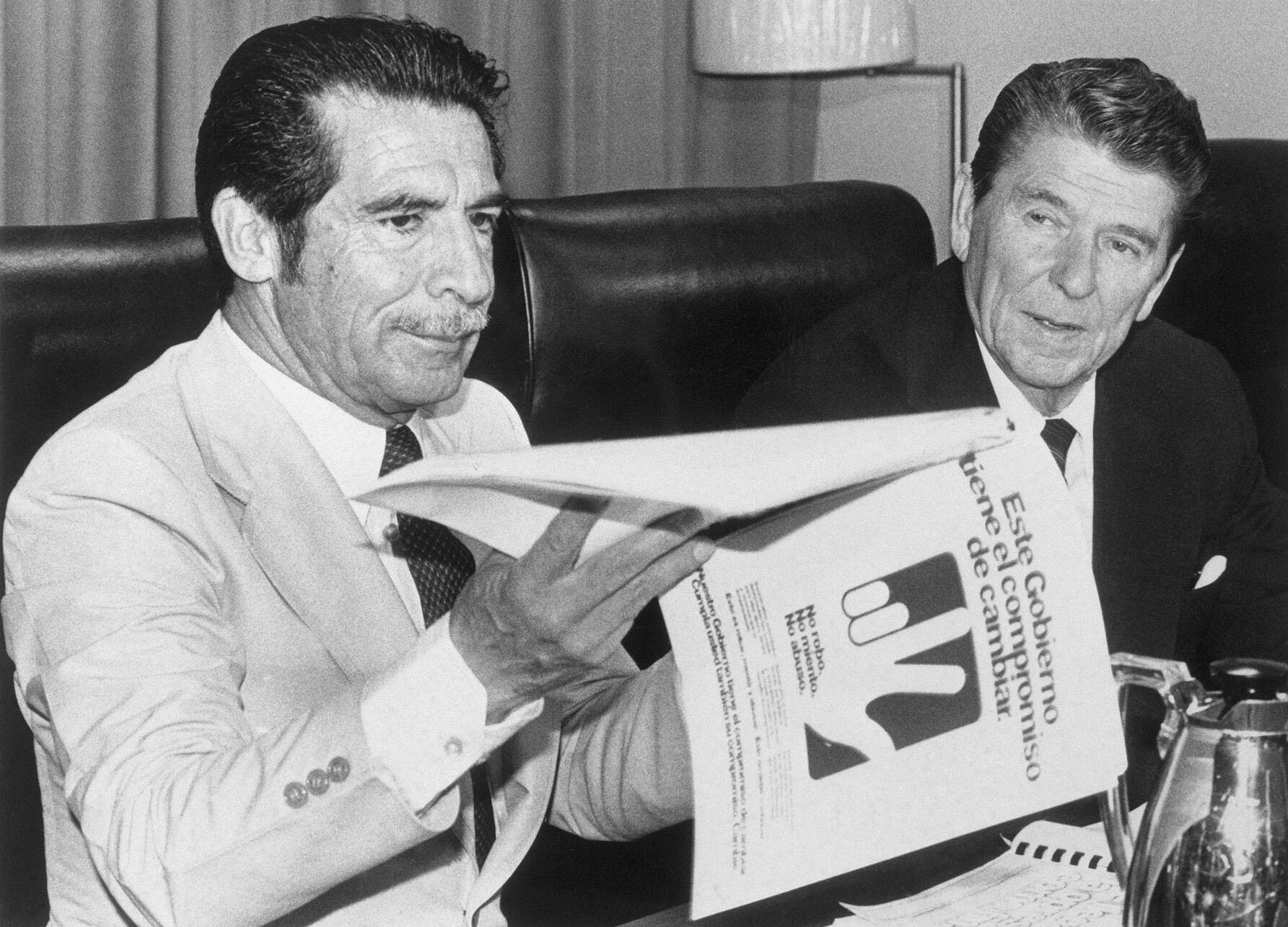Latin America
Related: About this forumChildren's songs translated into Maya Uspantek: Aury Us' project in Guatemala
She wants to record children's songs and adapt them to video with translation into Maya Uspanteko
Written (Español) by
María Alvarez Malvido
Written (Español) by
Aura Marina Ajcot Us
Translated (English) by
Teodora C. Hasegan
Original posted 21 May 2025
Translation posted 18 July 2025

Illustration created by Marco Martínez and the Rising Voices team, used with his permission.
Meet the participants in the Catalyst Program for Digital Activism for Indigenous Languages of Guatemala! The program, coordinated by Rising Voices, brings together participants from various regions who have projects related to the use, strengthening, revitalization, and/or promotion of an Indigenous language through digital media and tools, and through processes that involve and benefit their communities.
Each participant receives a stipend, peer support, and opportunities for dialogue with people from other regions, languages, and worldviews, as well as with participants in the Mayan Languages program from Mexico and Colombia.
Rising Voices (RV): How do you like to introduce yourself?
RV: What would you like to share with the world about your language and territory?
The municipality is known as Uspantán, which comes from the Nahuatl term Uzpantlán. Some of its speakers call it Tz'unun Kaab’ in the Uspantek language, which translates to ‘Sweet Sparrow’ in Spanish.
More:
https://globalvoices.org/2025/07/18/childrens-songs-translated-into-maya-uspantek-aury-us-project-in-guatemala/
21:15
Judi Lynn
(163,734 posts)Published
02/02/2012
By Paul Seils*
On Thursday a Guatemalan court ruled the country's former president, General Efraín Ríos Montt, will stand trial for genocide and crimes against humanity committed thirty years ago. After decades spent hiding behind parliamentary immunity he will finally be held accountable for ordering massacres, disappearances, and the systematic destruction of hundreds of communities.
The last few decades have seen a revolution in the global struggle against impunity, but even for those of us who follow the pursuit of justice in Guatemala closely, Thursday's decision ranks among the most astonishing developments. Belatedly, but valiantly, a new breed of prosecutors, led by Attorney General Claudia Paz, have finally allowed his victims' pleas for justice to be heard.
In 2004 the Guatemalan government admitted before the Inter-American Court of Human Rights that Ríos Montt's regime had pursued a strategy of genocide. The case before the court back then was the Plan de Sánchez massacre in July 1982, where more than 260 people were murdered. The army arrived at dawn, rounding up the villagers, cutting off all escape routes, dividing the women into two groups; one for raping before their deaths and the other just for killing. To save bullets women were crowded into a small house that was set on fire with grenades. The Plan De Sánchez massacre was one of well over 300 massacres during the worst phase of the civil war and was by no means the largest.
The charges he is now facing rely in some part on investigations I oversaw as the Legal Director of the Center for Legal Action on Human Rights (CALDH) in Guatemala from 1997 to 2001, and that is a matter of some satisfaction. We were one of many groups committed to justice on behalf of victims, building on the work of the Commission on Historical Clarification and the Catholic Church Project to Recover the Historical Memory. No one thought justice would be quick in coming, and many assumed it was not a battle worth fighting at all. But his trial is a cause to celebrate, and to marvel at the heroic dignity of the genocide survivors who throughout decades of, vilification, attacks and even killing, have stood fast. They want the world to know the truth, how their loved ones were massacred in systematic, precision-planned operations at the hands of the General.
More:
https://www.ictj.org/news/guatemala-genocide-ruling-triumph-survivors

Ríos Montt
Ronald Reagan and his good friend, Guatemalan President Efraín

Rios-Montt in his glory days, engaging his military in war upon the impoverished Mayan citizens.
In addition to being a mass murdering, sadistic torture employing leader, and darling of the US hard-right, he was also a fundamentalist preacher.

Queqchí people carrying their loved one's remains after an exhumation in Cambayal in Alta Verapaz department, Guatemala. Since 1997, the Centre of Forensic Anthropology and Applied Sciences (CAFCA) has been helping to heal the deep wounds caused by Guatemala’s internal conflict. The impact of CAFCA’s forensic work is twofold: It helps families to find their loved ones and come to terms with their loss and it gathers the evidence needed to bring their murderers to justice. Photo: CAFCA archive.


(Their loved ones' bodies were retrieved from mass graves and taken to be buried individually by their survivors.)
rampartd
(2,238 posts)note : if i end up in a mass grave, leave me there. it will be important for future generations to know exactly what kind of people these "conservative" are.